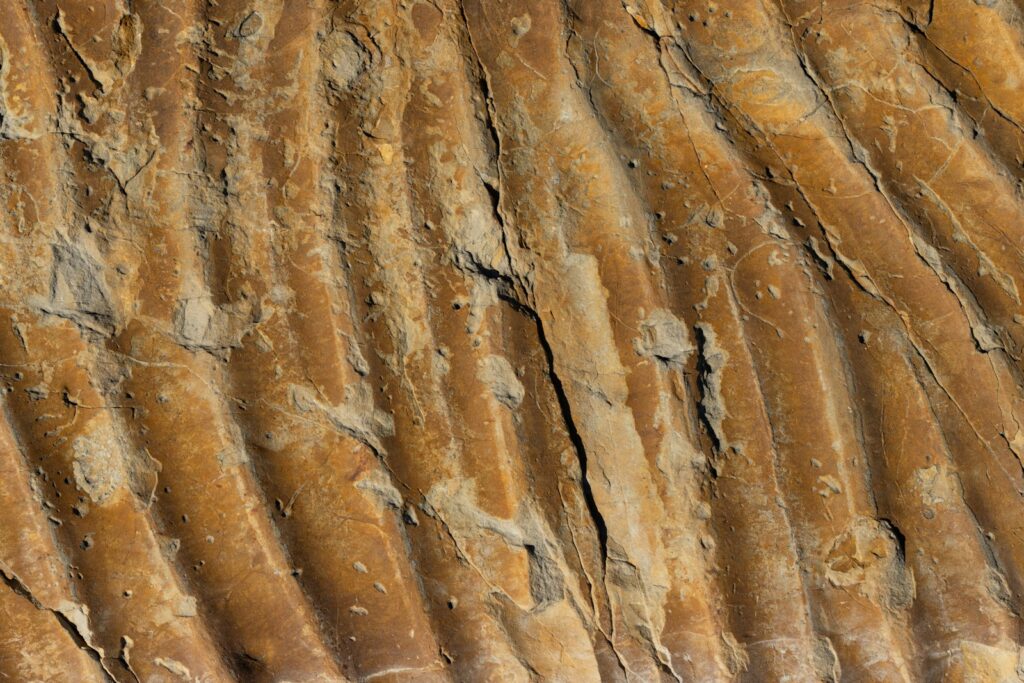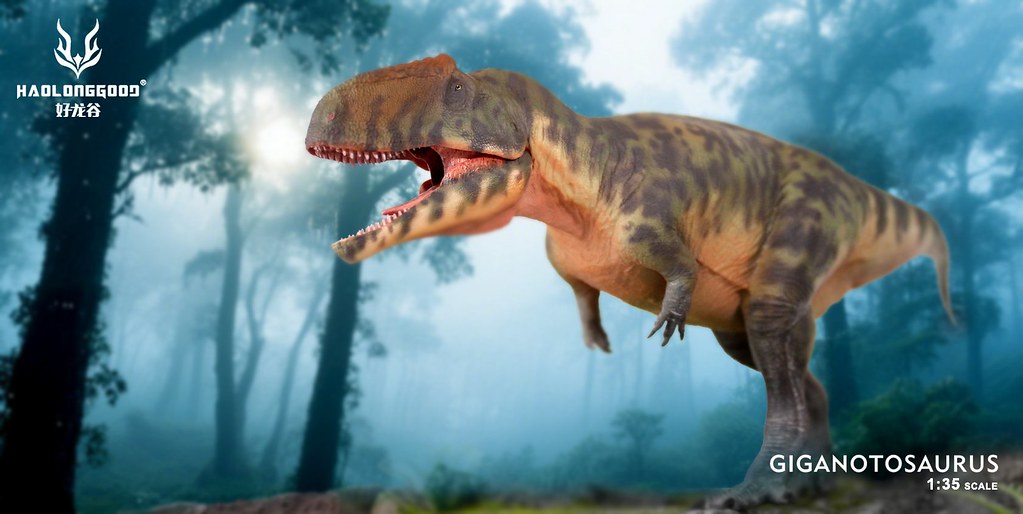The delicate imprint of a dinosaur’s skin texture pressed into rock for 65 million years—it sounds like science fiction, yet it’s happening right under our noses in museums worldwide. While most fossils reveal only bones and teeth, a rare few capture something far more intimate: the actual skin, feathers, or soft tissues of ancient creatures. This preservation mystery has puzzled scientists for decades and continues to reshape our understanding of prehistoric life.
The Miracle of Soft Tissue Preservation
When you think about it, finding preserved skin is like discovering a handwritten letter in perfect condition after centuries underwater. Soft tissues like skin, muscles, and organs are nature’s most vulnerable materials, designed to decompose quickly after death. Yet under extraordinary circumstances, these fragile remnants can survive geological time scales.
The chemistry behind this preservation involves rapid burial and specific environmental conditions that halt normal decay processes. Unlike bones, which contain minerals that naturally resist breakdown, skin requires immediate protection from oxygen, bacteria, and other destructive forces. Scientists estimate that less than one percent of all fossils contain any soft tissue evidence, making each discovery incredibly precious.
Speed Matters: The Race Against Decay
Time becomes the ultimate enemy when an animal dies in the wild. Within hours, bacteria begin breaking down soft tissues, starting from the inside out. The skin, being the outermost barrier, often faces attack from multiple directions—external bacteria, scavengers, and environmental factors all work to erase these delicate structures.
Exceptional preservation occurs when burial happens almost instantly, like volcanic ash falls or sudden mudslides. Think of it as nature’s version of flash-freezing, where the normal timeline of decay gets interrupted by geological events. The famous Pompeii victims demonstrate this principle perfectly, though they’re human rather than prehistoric examples.
Environmental Conditions That Make or Break Preservation
Not all burial sites are created equal when it comes to preserving skin. Low-oxygen environments, such as deep lake beds or ocean floors, dramatically slow decomposition rates. These anaerobic conditions prevent most bacteria from thriving, giving mineralization processes time to work their magic.
Temperature plays a crucial role too. Cold environments naturally preserve organic materials longer, which explains why mammoth skin and hair survive so well in permafrost. Conversely, hot, humid climates accelerate decay, making soft tissue preservation nearly impossible. The pH level of surrounding sediments also matters—slightly acidic or alkaline conditions can either help or hinder the preservation process.
The Chemistry of Skin Replacement
What we call “preserved skin” isn’t actually the original biological material but rather a mineral replacement that maintains the skin’s structure. This process, called permineralization, occurs when dissolved minerals in groundwater slowly replace organic molecules. Iron pyrite, silica, and calcium carbonate are common replacement minerals that create these remarkable fossils.
The replacement happens so gradually that even microscopic details like cell walls and protein fibers get preserved. It’s similar to how petrified wood forms, but much more delicate and requiring perfect conditions. Some specimens even retain original color patterns, though scientists debate whether these represent actual pigmentation or chemical staining from the fossilization process.
Why Bones Survive Better Than Skin
Bones have a significant advantage in the fossilization lottery—they’re already partially mineralized when the animal is alive. Composed of calcium phosphate and collagen, bones possess a built-in resistance to decay that soft tissues simply lack. This mineral framework provides a sturdy foundation that can withstand millions of years of geological pressure.
Skin, muscles, and organs contain mostly water and organic compounds that bacteria find irresistible. Without rapid intervention, these tissues disappear within weeks or months, leaving only the mineralized skeleton behind. The contrast is so stark that paleontologists were shocked when the first soft tissue fossils emerged, challenging everything they thought they knew about preservation limits.
Famous Examples of Skin Preservation
The Borealopelta dinosaur, discovered in Alberta, Canada, represents one of the most spectacular examples of skin preservation ever found. This heavily armored herbivore looks like it died yesterday rather than 110 million years ago, with intact skin texture covering its entire body. The fossil is so well-preserved that scientists could determine its original coloration and camouflage patterns.
Another remarkable specimen is the Carmel Formation ichthyosaur from Utah, which preserves not just skin but also internal organs and embryos. These marine reptiles lived during the Jurassic period, and their exceptional preservation reveals details about reproduction and physiology that would otherwise remain unknown. Each discovery adds new chapters to the story of ancient life.
The Role of Sediment Type in Preservation
Fine-grained sediments like clay and silt create ideal conditions for soft tissue preservation because they form tight seals around organic remains. These microscopic particles pack together densely, excluding oxygen and creating a protective barrier against scavengers. Coarse sediments like sand allow too much water and oxygen circulation, promoting rapid decay.
Volcanic ash represents the gold standard for preservation because it’s incredibly fine-grained and often contains minerals that aid fossilization. The ash also indicates rapid burial, which is essential for capturing soft tissues before they decompose. Many of the world’s best-preserved fossils come from ancient volcanic regions where ash falls were common geological events.
Marine vs. Terrestrial Preservation Differences
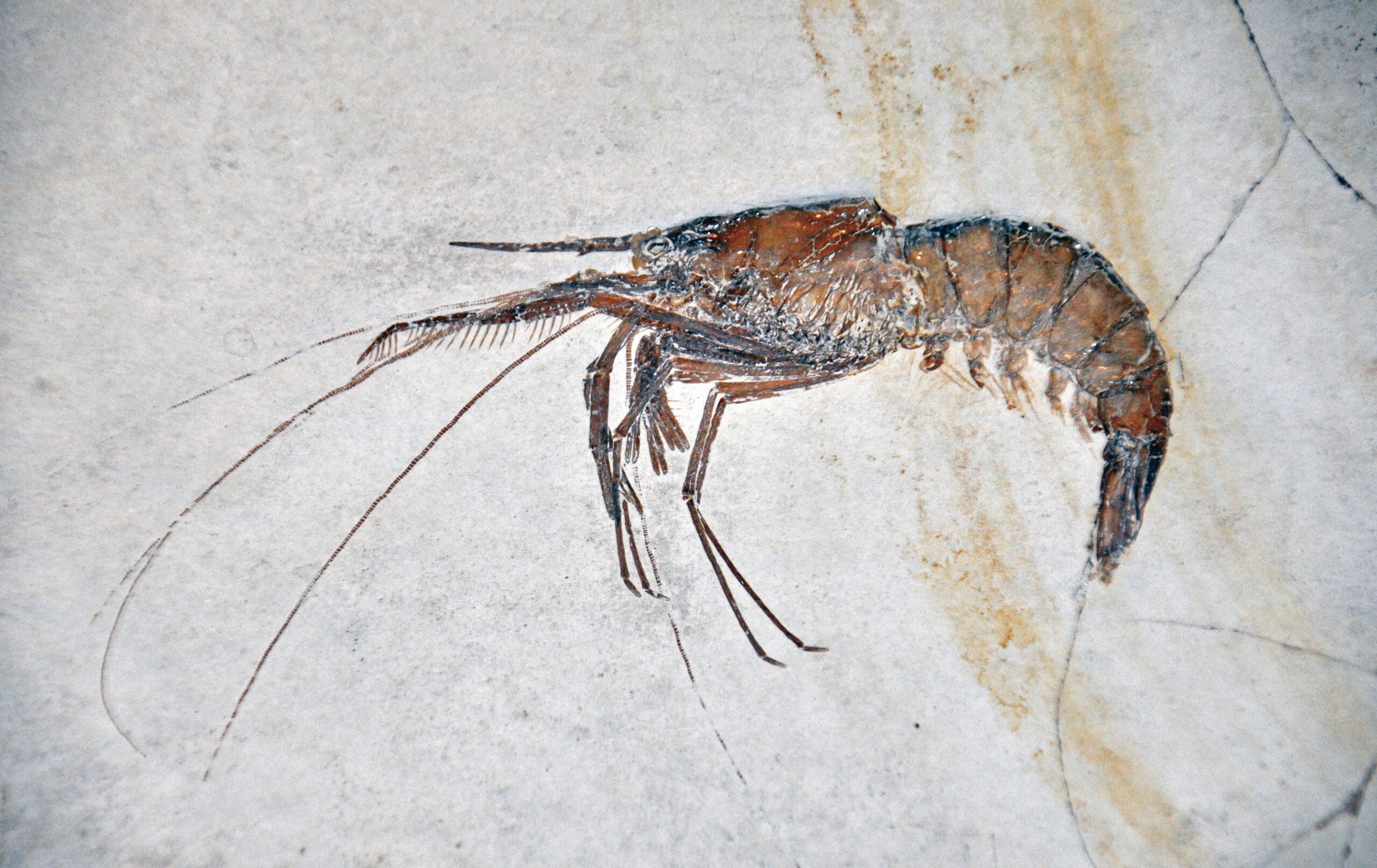
Ocean environments generally offer better preservation conditions than land-based settings. Deep marine sediments accumulate slowly and steadily, creating thick burial layers with minimal oxygen penetration. The constant cool temperatures and high pressure at ocean depths also help slow decomposition rates significantly.
Terrestrial environments face more challenges, including temperature fluctuations, seasonal changes, and active scavenger populations. However, certain land-based settings like tar pits, peat bogs, and desert playas can create exceptional preservation conditions. The key factor remains rapid burial and protection from oxygen, regardless of whether the setting is marine or terrestrial.
Modern Technology Reveals Ancient Secrets
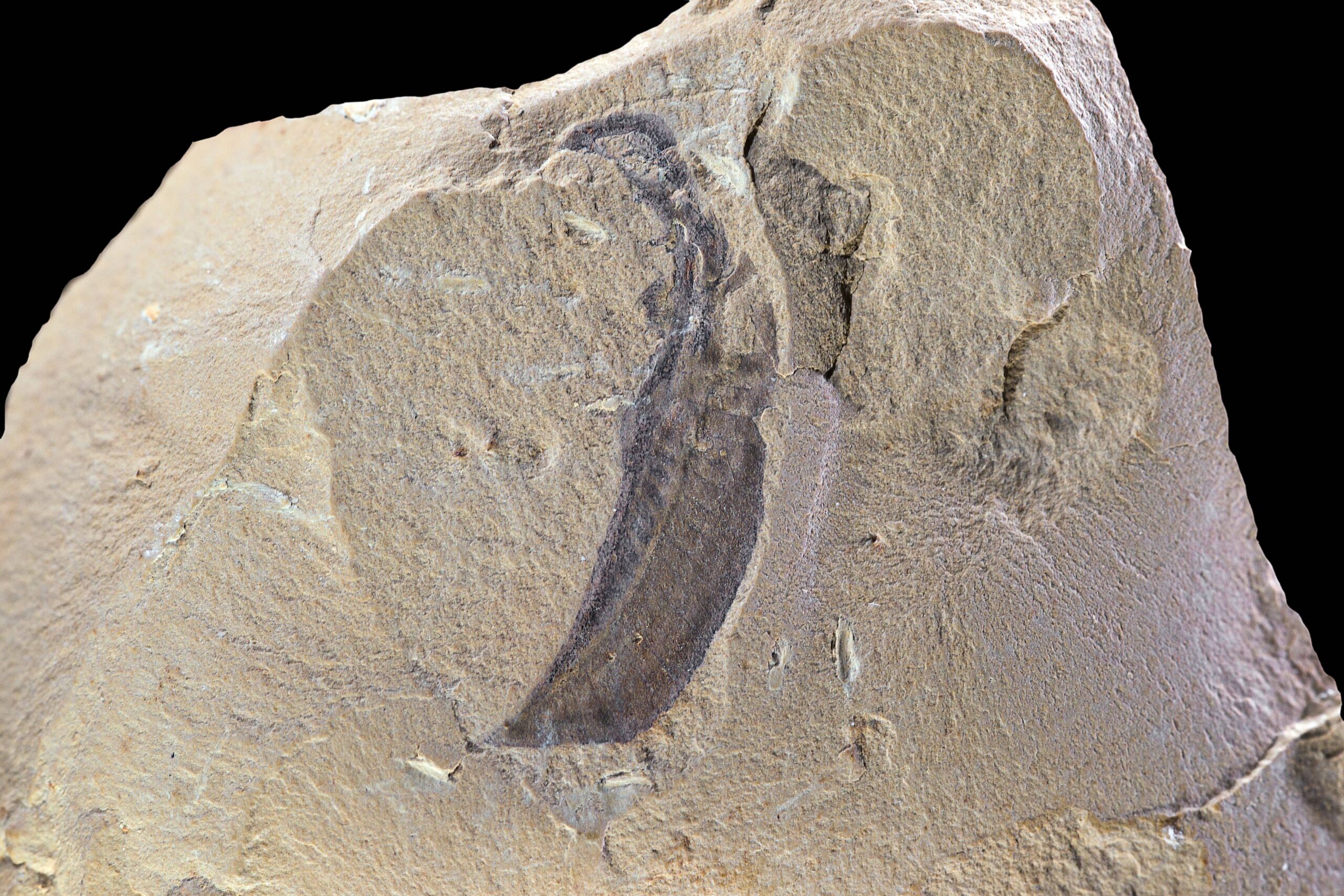
Advanced imaging techniques now allow scientists to examine fossil skin at the molecular level. Scanning electron microscopy can reveal cellular structures invisible to the naked eye, while chemical analysis identifies original organic compounds that somehow survived the fossilization process. These tools have revolutionized our understanding of what preservation actually means.
Some researchers have even claimed to find original proteins and DNA fragments in exceptionally well-preserved specimens, though these findings remain controversial. The debate continues over whether any truly original biological material can survive millions of years, or if we’re simply seeing incredibly detailed mineral replacements that mimic organic structures.
Climate’s Impact on Fossilization Success
Ancient climate conditions significantly influenced which organisms got preserved with soft tissues intact. Ice ages created permafrost conditions that naturally mummified large mammals like woolly mammoths and saber-toothed cats. These frozen specimens often retain skin, hair, and even stomach contents that provide incredible insights into prehistoric ecosystems.
Conversely, warm, humid periods in Earth’s history generally produced fewer soft tissue fossils because decomposition rates accelerated. However, these same warm climates sometimes created unique preservation environments like amber deposits, which trapped small organisms in tree resin. Each climate regime offered different preservation opportunities and challenges for ancient life forms.
The Scavenger Problem
Living ecosystems work against fossil preservation through their very efficiency at recycling organic matter. Scavengers, from tiny insects to large carnivores, quickly locate and consume dead animals, leaving little behind for potential fossilization. Bacterial decomposition continues this process at the microscopic level, breaking down remaining soft tissues within days or weeks.
Only extraordinary circumstances can overcome this biological recycling system. Mass death events, like volcanic eruptions or toxic algae blooms, can overwhelm local scavenger populations and create opportunities for preservation. Similarly, death in environments hostile to most life forms—like highly alkaline lakes or oxygen-free deep waters—can protect remains from biological destruction long enough for fossilization to begin.
Chemical Signatures of Preserved Skin
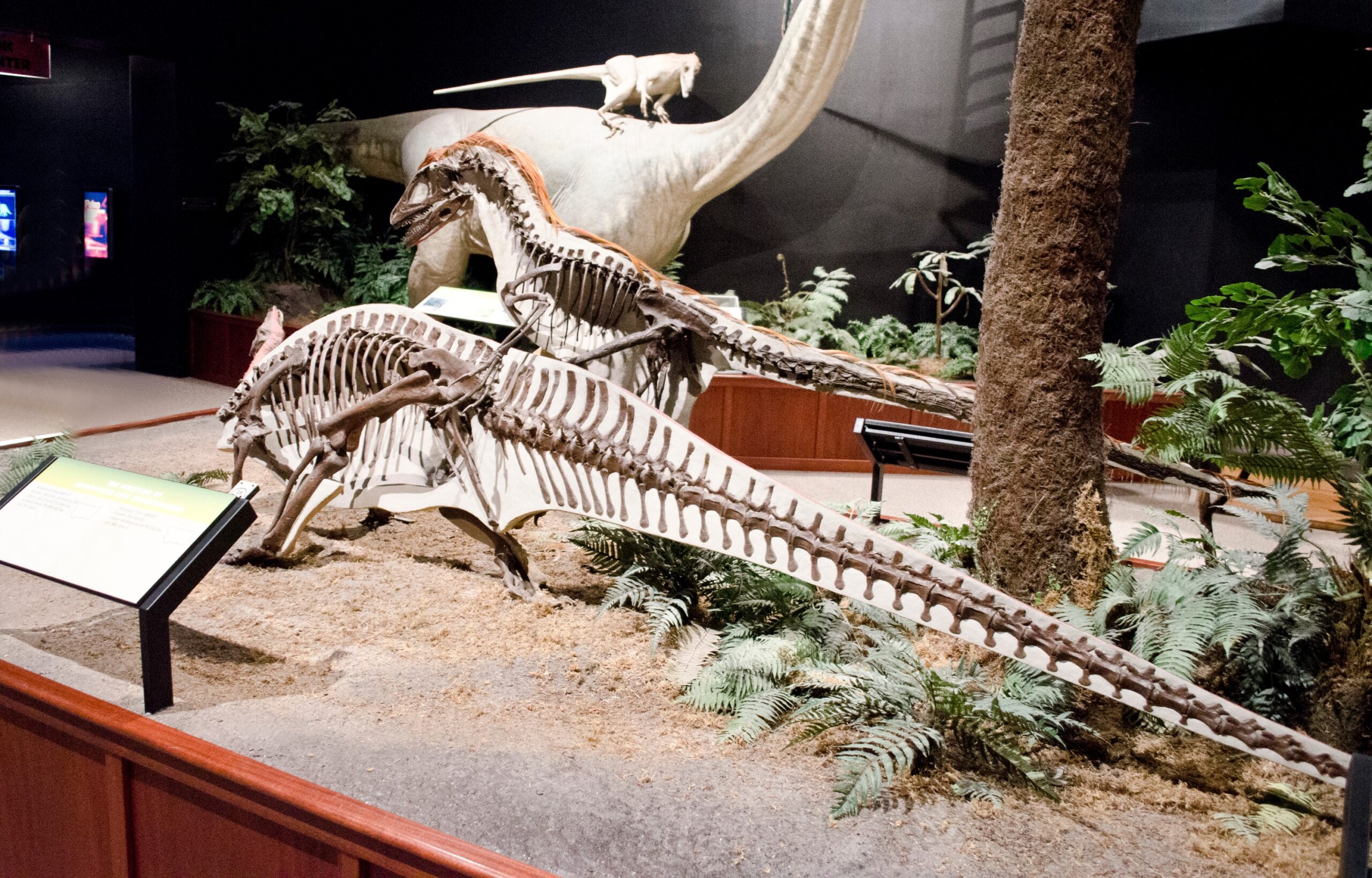
Scientists can now identify fossil skin through chemical fingerprints that persist even when visual evidence has disappeared. Certain amino acids and lipids associated with skin proteins leave distinctive signatures that analytical instruments can detect. These molecular fossils often survive even when no visible skin texture remains.
The discovery of melanosomes—cellular structures that contain pigment—in fossil feathers and skin has opened new research avenues. These microscopic organelles can preserve information about original coloration, allowing scientists to reconstruct the appearance of extinct animals with unprecedented accuracy. It’s like having a color photograph from the ancient past.
Why Some Species Preserve Better Than Others
Certain animals seem naturally better suited for soft tissue preservation than others. Heavily armored creatures like ankylosaurs have higher preservation rates because their bony plates and scales provide additional protection during the critical early stages of fossilization. Marine animals with hard shells or thick hides also tend to preserve better than soft-bodied organisms.
Size matters too—larger animals have thicker skin that takes longer to decompose completely, providing more time for mineralization processes to begin. However, some of the most spectacular soft tissue fossils come from tiny organisms that got buried rapidly in fine sediments. The relationship between size, anatomy, and preservation success continues to surprise researchers with new discoveries.
Future Discoveries and Technological Advances
New fossil sites around the world continue yielding specimens with preserved soft tissues, suggesting these finds might be more common than previously thought. Improved extraction techniques and better understanding of preservation conditions help paleontologists identify promising locations for future excavations. Each new discovery refines our knowledge of what conditions favor exceptional preservation.
Emerging technologies like artificial intelligence and machine learning are being applied to fossil analysis, potentially identifying soft tissue preservation in specimens previously thought to contain only bones. These computational tools can detect subtle patterns and chemical signatures that human researchers might miss, opening possibilities for rediscovering treasures hiding in museum collections worldwide.
The preservation of ancient skin represents one of paleontology’s greatest puzzles and most exciting frontiers. These rare glimpses into the past remind us that fossilization requires a perfect storm of conditions—rapid burial, appropriate chemistry, favorable climate, and sheer luck. Every preserved skin fragment or feather imprint represents millions of years of geological history compressed into a single, extraordinary moment of preservation. When you see these fossils in museums, you’re witnessing nature’s most improbable magic trick, where time itself seems to stand still. What other secrets might be waiting in rocks we haven’t examined yet?

